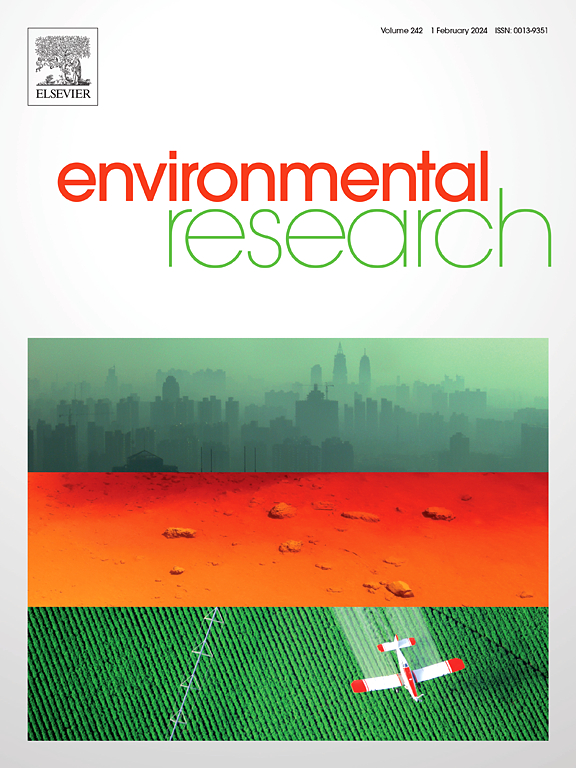基于mofs的水处理气凝胶及其衍生物的研究进展
IF 7.7
2区 环境科学与生态学
Q1 ENVIRONMENTAL SCIENCES
引用次数: 0
摘要
金属有机骨架(mof)是一类由金属离子和有机配体组成的环境纳米材料,具有巨大的比表面积和丰富的孔隙体积等显著的物理化学性质。由于其独特的结构和性能,mof在吸附、储气、分离膜和催化等领域具有潜在的应用前景,已成为水处理技术的热门候选材料。然而,粉末形态的mof颗粒在水中容易发生团聚和粘附作用,导致分离困难和二次污染等问题。作为mof的理想载体,气凝胶具有独特的三维互联孔隙结构,这使得气凝胶具有较高的孔隙率和优异的吸附能力。研究人员将MOF和气凝胶巧妙地结合在一起,创造了一种新型的MOF气凝胶复合材料(MOFACs)。这些复合材料在惰性环境下通过高温热解过程转化为高多孔性和高强度的碳气凝胶。这些碳气凝胶既保留了mof的高催化效率,又继承了气凝胶重量轻、密度低、易处理等优点。本文综述了各种类型的MOFACs,每种MOFACs具有不同的化学组成和物理性质,从而适应不同的应用。本文还讨论了MOFACs和碳气凝胶在水处理中的催化、选择吸附和固相微萃取等方面的应用。本文章由计算机程序翻译,如有差异,请以英文原文为准。
MOFs-based aerogels and their derivatives for water treatment: A review
Metal-organic frameworks (MOFs) are a class of environmental nano-materials composed of metal ions and organic ligands with remarkable physical and chemical properties, such as huge specific surface area as well as abundant pore volume. Based on their unique structures and properties, MOFs have demonstrated potential applications in the fields of adsorption, gas storage, separation membranes, and catalysis, and have become popular candidates in water treatment technologies. However, MOFs particles in powder form are prone to agglomeration and adhesion effects in water, which leads to problems such as difficult separation and secondary pollution. As an ideal carrier for MOFs, aerogels exhibit a unique three-dimensional interconnected pore structure, which endows aerogels with high porosity properties and excellent adsorption capacity. Researchers have skillfully combined MOFs with aerogels to create a new type of MOF aerogel composites (MOFACs). These composites are converted into highly porous and high-strength carbon aerogels through a high-temperature pyrolysis process in an inert environment. These carbon aerogels not only retain the high catalytic efficiency of MOFs, but also inherit the advantages of aerogels in terms of light weight, low density and easy handling. This paper reviews various types of MOFACs, each of which possesses different chemical compositions and physical properties, thus adapting to different applications. The paper also discusses the applications of MOFACs and carbon aerogels in water treatment for catalysis, selective adsorption and solid phase microextraction.
求助全文
通过发布文献求助,成功后即可免费获取论文全文。
去求助
来源期刊

Environmental Research
环境科学-公共卫生、环境卫生与职业卫生
CiteScore
12.60
自引率
8.40%
发文量
2480
审稿时长
4.7 months
期刊介绍:
The Environmental Research journal presents a broad range of interdisciplinary research, focused on addressing worldwide environmental concerns and featuring innovative findings. Our publication strives to explore relevant anthropogenic issues across various environmental sectors, showcasing practical applications in real-life settings.
 求助内容:
求助内容: 应助结果提醒方式:
应助结果提醒方式:


